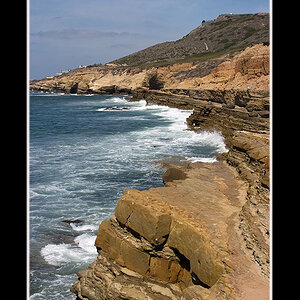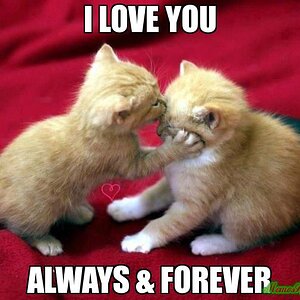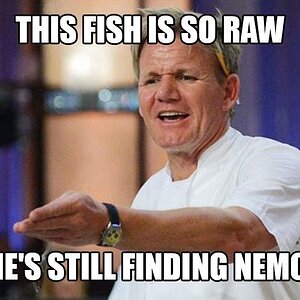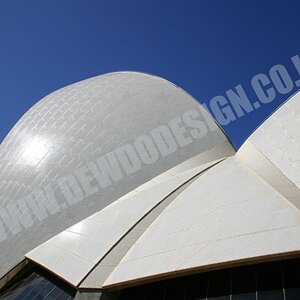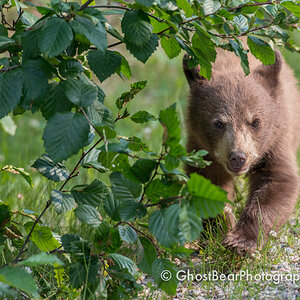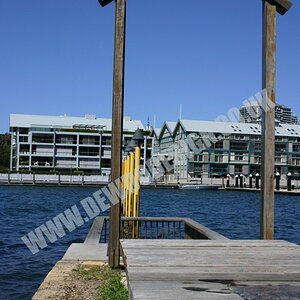- Joined
- Jun 8, 2010
- Messages
- 1,530
- Reaction score
- 762
- Location
- Texas
- Can others edit my Photos
- Photos OK to edit
Just a random thought or perhaps a stupid question. We see people scanning film and making prints from a printer. Is it possible to convert an enlarger into something that would project a digital image allowing you to make wet prints from digital files? I've never seen or heard of this being done. Doesn't seem like it would be an easy way to have prints but it could be fun for those who like the process.


